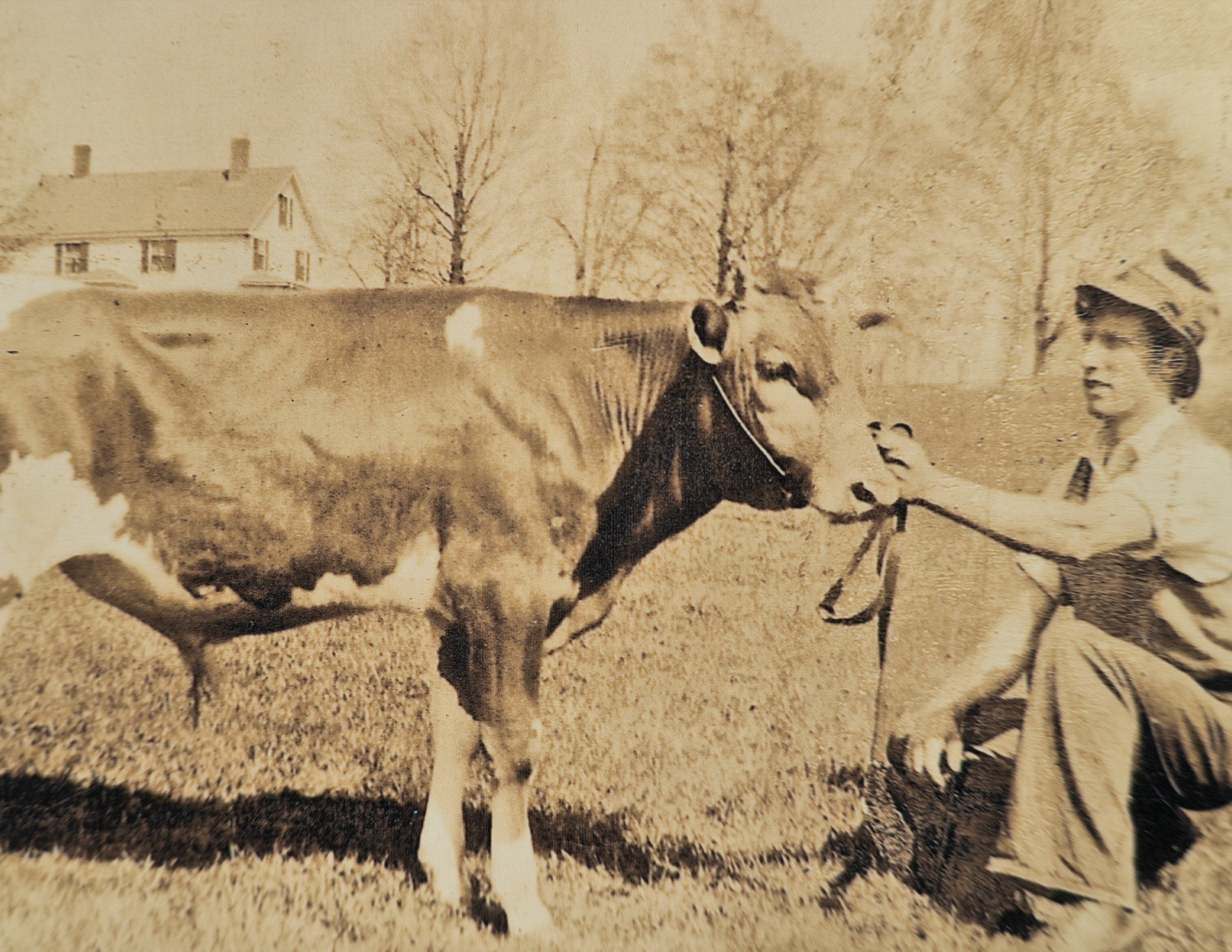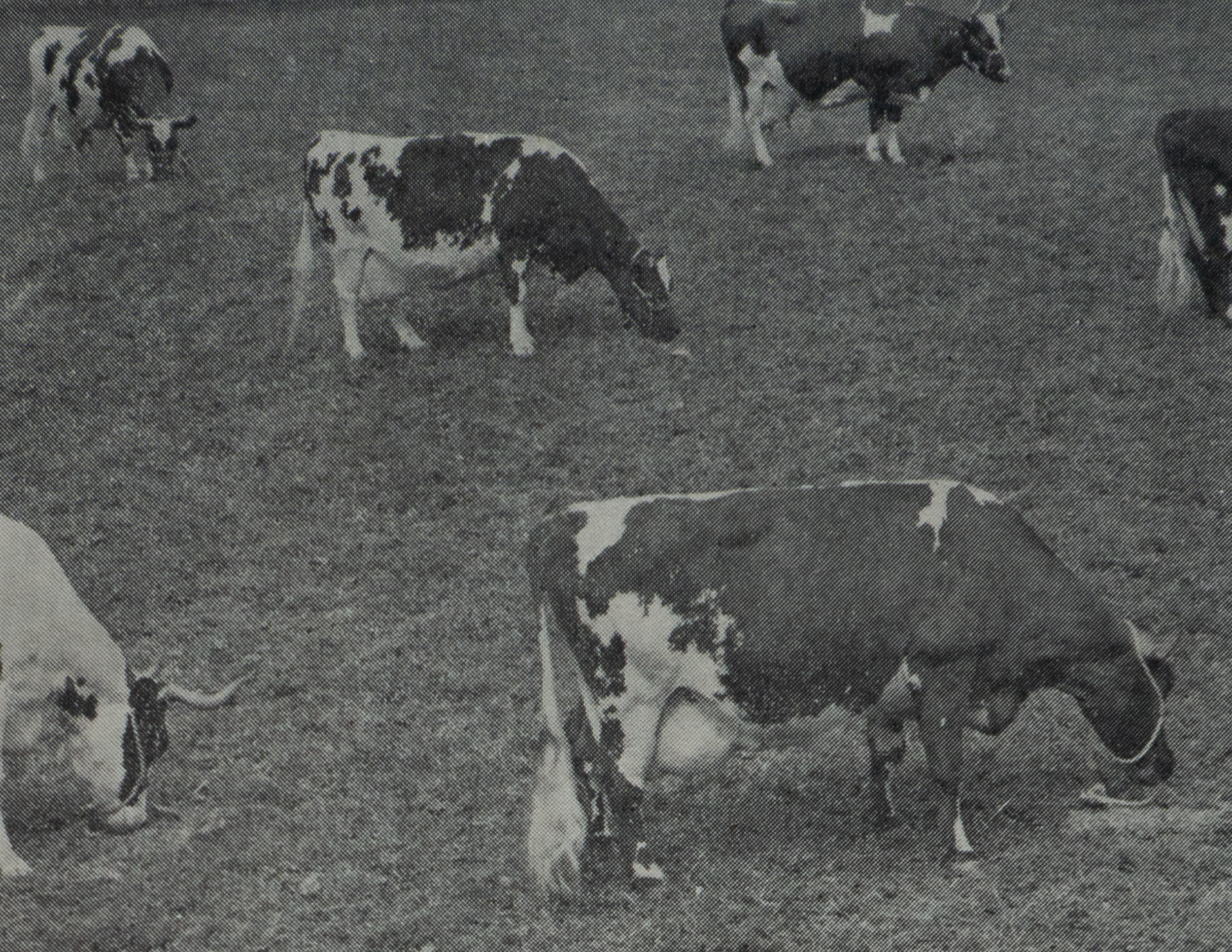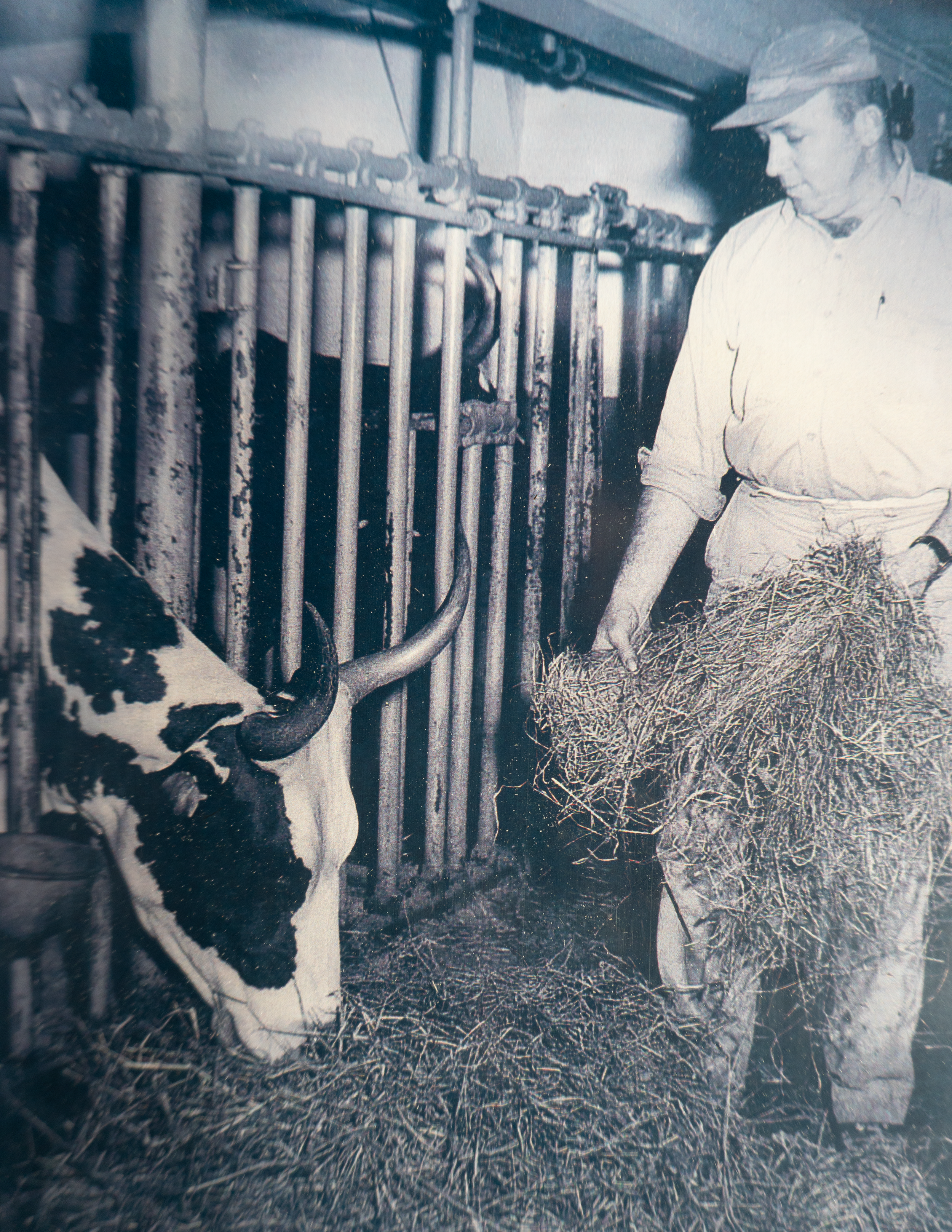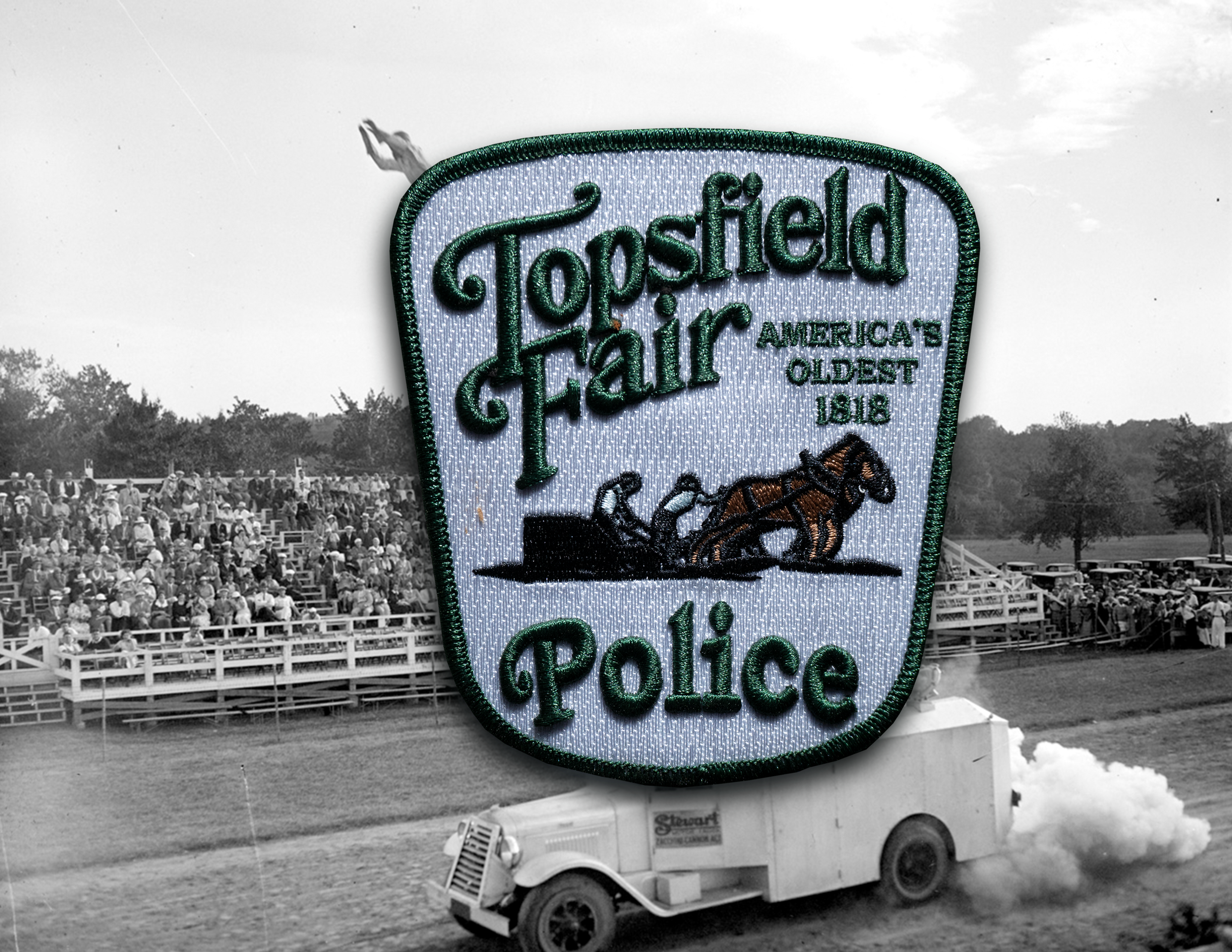
The Recorded History of Meredith Farm
From 1600 - Present
Meredith Farm has been a staple of Topsfield since the early 1600s. Over hundreds of years the property has had many different owners allowing the farm to develop a rich history with ties to historic events such as the Salem Witch Trials and the American Revolution. Navigate this page to see Meredith Farm through the years and better understand its timeless feel.

Prior To English Settlement
The land was inhabited by the Pawtucket group, known as Agawam.
Some called the land Shenewemedy for hunting & fishing, others called it “New Meadows”.
1600s
John Winthrop, Jr. bought the land in Topsfield for the Massachusetts Bay Colony in the name of the King of England from Masconomet, the sagamore of Agawam. Among the earliest recipients of 300 and 350-acre royal land grants in “New Meadows,” which included what would become Topsfield, were Governor John Endicott, Governor Simon Bradstreet and John Winthrop Jr.
The portion of the farm on Rowley Bridge Rd. was an original Land Grant, before 1640, to Captain Daniel Patrick, who served with John Winthrop, Jr., providing military training to settlers. Patrick sold it to William Paine in 1640, who sold to Zaccheus Gould in 1644, first resident of Topsfield.
The Cross St. farmstead was born out of Common Lands; lands not granted to individuals but generally assigned to a Town. The land south of Ipswich River was disputed between the people of Topsfield and Salem. This led to the feud between the Putnams of Salem and the Townes of Topsfield.
William Towne (died 1672) acquired some of the Common land divided out in 1668. Towne (1659-1750), son of Edmund and grandson of William, lived at the corner of Salem Rd. and South Main, across from what is now Essex County Co-Op. The Easteys and Townes owned the property that runs between Salem Road and Rt. 1 from the fairgrounds/co-op area south -- between 40-200 acres. William had five children:
Jacob Towne - land he was given by his father is shown on map
Owned what is now the Maple Grove, the cellar of his house is on hilltop
Three sons, one was Jacob , built houses "in the tract of land bounded by what are now Hill, Rowley Bridge and Cross Streets."
John Towne – land he was given by his father is shown on map
Son Israel had a home from 1722 to 1740 along hill St and corner of Cross. The existing ‘hole’ is perhaps the cellar of his home.
Mary Eastey – married Issac Easty (died 1712)
Son Issac Jr (died 1714) lived at house on what is now Witch Hill – Mary was captured there before hanged as witch in 1692
Rebecca Nurse – hanged as witch in 1692
Sarah Cloyce – arrested for being a witch but not tried
1689 - Joseph Bixby (1621-1703), came from England – bought 64 acres all of which is part of what is now Meredith Farm. In Jan 1689 Bixby sold 32 of it to his son Benjamin in March 1689. Joseph has 4 children, including Daniel (1651-1717), Benjamin (1653-1727). Benjamin Bixby (father of George Bixby) acquired land (probably on Washington Street) in 1689 but did not reside on the farm.
Benjamin had Samuel (1689), George (1692-1767), Sarah, Nathan
George had Daniel (1719-1808)
Daniel had Daniel Jr. (1751-1825)
1700s
1722 - Nathan Bixby given half of all his father Benjamin’s property (probably on Washington Street), George Bixby acquired land on Cross St in the second division of Common Lands laid out in 1722. He bought them from the original proprietors (or their children) of the Common Land, Michael Dwinell, Joseph Knight, Ebenezer Nichols, Joseph Dwinell, Archelaus Towne, John Dwinell, and John Burton.
1729 - George Bixby builds a house and barn on Cross Street.
1738 - George Bixby buys Jacob Redington’s farm of 57.5 acres near the intersection of Hill and Cross Street (80/219). (Per Dow, this land is on the other side of Hill street from Cross Street)
1740 - George Bixby gave his son Daniel half of his dwelling house and barn. George buys another adjoining farm from Israel Towne on land which is now part of Meredith Farm. Essex Deed Book 80: Leaf 177. Israel Towne’s land was sold with a house and a barn
1751 - Cider Mill operated by Bixby at farm
1775 - Daniel Bixby Jr. lived on the Cross Street farm at the time of the American Revolution and reported that he was in the fields when he learned about the outbreak of the war. He left immediately for Lexington and subsequently supplied the Continental Army with beef from the farm.
1783 - George Bixby leaves the other half of his land to Daniel Bixby.
1798 - Daniel Bixby Jr. owned land -- US Direct Tax of 1798 reads, “Bixby, Daniel, occupant and owner. Wooden Dwelling. Bounded on all sides by his other land. Land 80 poles: house 1200 sq.ft.: outhouse 200 sq.ft.: 2 stories; 27 windows; 187 sq.ft. glass; value $700. Bixby added land - by early 1800s he owned all of the land bordering Cross Street between Rowley Bridge Street and Hill Street.
1800s
1845 - Daniel Bixby Jr. willed his farm to the Town of Topsfield as the “Donation Farm”, the income from which would help to support the Congregational ministers of Topsfield.
1856 - John & Lydia Heath of Swampscott, Massachusetts, purchased the farm from the Town of Topsfield (for the church).
1858 - Hooker O. & Lydia Twisden bought the farm from John Heath.
1868 - Samuel Rea bought from Hooker Twisden
1868 - John Bradstreet bought from Samuel Rea
1870 - John & Susan Wallis (Wallace) bought from John Bradstreet.
1871 - Isaac Morgan (1808-1878) bought from John & Susan Wallis and re-named the farm “River Dale Ranch.” He was from California and he was a Master Mariner and sailed the schooner “B.L. Allen” between the coasts during the California Gold Rush. First wife, Lydia, died in California in 1853. Married his second wife, 29-year-old Ellen Kimball, daughter of William & Mary Kimball of Topsfield in 1871, at age 62. Isaac died in 1878 of a broken spine.
1890 - Charles V. Jackman bought from Ellen Morgan.
1899 - J. Morris Meredith, a Boston realtor who founded Meredith & Grew, bought from Charles V. Jackman. He built the Main House in 1900.
1900s
1920s - Edward Wigglesworth (Meredith’s nephew) was conveyed the farm. He ran the farm with intensity, raising a large herd of Guernsey cattle.
1946 - David and Irma Lampert – David’s father purchased the farm for them. They developed a breeding business. By the late 1950s, the farm had grown to 250 acres, and supported a world-renowned herd of Meredith Ayrshires.
1970 - William Appleton Coolidge (1901-1992), had purchased 68 River Rd. from Frederick Sears, who purchased it from John L. Saltonstall, who built the brick mansion. Coolidge was a direct descendant of a first settler at Watertown, John Coolidge was directly related to President Thomas Jefferson. In 1970 Coolidge bought the Lampert farm, with the exception of the Lampert residence at 1 Hill Street, and added it to his River Road property. The land was sold to Coolidge in 1970 and the Ayshire operation closed in 1972. Coolidge acquired other properties over the years for a total of 571 Topsfield acres. David Lampert died unexpectedly in 1979 and left Irma with five children.
1984 - Coolidge deeded Meredith Farm to MIT granting life tenancy to the Lamperts. Upon his death in 1992 the rest of Mr. Coolidge’s property was bequeathed to MIT. Coolidge is buried in the Lake Cemetery at 68 River Rd. MIT placed permanent restrictions (the “River Road Trust”) that preserved and limited development on the land. Meredith Farm became one of the parcels bordered by River Road, Hill Street, Cross Street and Rowley Bridge Road, including one mile of the Ipswich River. It is one of the largest privately owned natural preserves in New England.
2000s - Present
2001 - MIT sold all of the former Coolidge properties after they sat vacant for many years. Christopher Nash purchased the farm. Nash did a major renovation of the Main House.
2012 - Richard M. Brown purchased from Nash and renovated the 1792 Farm House
2018 - Tim & Emily Collins purchased from Brown and renovated the Bull Barn(converting it to a Sugar Barn), 1793 Barn, and 1806 Barn, built the 2021 Barn, and rebuilt the stone walls on the property, re-stacking the original stones.




















Meredith Farm & The Witch Trials
Meredith Farm During The Witch Trials
“A false tongue will never make a guilty person.” - Susanna Martin 1692
In the year 1692, panic overwhelmed Essex County in Massachusetts, leading to the largest and deadliest witch hunt in colonial North American history. By the end of the Salem witch trials, nineteen people were hanged, a man was tortured to death, five people died in prison, and approximately 200 people were accused of practicing witchcraft, arrested, and imprisoned. Uncover the story below to learn how property disputes involving Meredith Farm resulted in a generations long family feud that led innocent women to the gallows on Proctor's Ledge in Salem Massachusetts.

1630-1640
1633 - Thirteen English settlers led by the Governor's son, John Winthrop the Younger, undertake the community in the area known as “Agawam” years later, this land eventually became what is today, Topsfield and Ipswich.
1639 - A clerical error made in 1639 led to years of border disputes between Ipswich/Topsfield and Salem Village. In short, the government granted the same land to Ipswich/Topsfield and Salem.
1643 - This error which granted the same land to the Ipswich/Topsfield and Salem, was corrected in 1643. The land, previously belonging to the Putnam family, was now Common Land. This led to protracted legal disputes and, ultimately, became a factor in the Salem witch trials 50 years later.
1660-1680
1668 - Topsfield began to grant portions of the Common Land south of the Ipswich River to Topsfield men, among them were John Redington, John Wildes, Jacob Towne, and Isaac Esty.
The Putnam family claimed it was their land and referred back to the original 1639 document, completely ignoring the 1643 correction issued by the recording secretary of Boston’s General Court.
Members of the second and third generation of the Putnam family played key roles in accusing neighbors of witchcraft, leading to the death of many innocent victims
1680 - More disagreements pertaining to ownership of the Common Land were brought to court from 1680-1683. Several of these lawsuits ended with the General Court ruling in Topsfield’s favor in turn, taking away land from the Putnam family. Committee members defending Topsfield – named Towne, Esty, Wildes, and How – would find relatives accused of witchcraft a decade later.
1680-1690
1680s - Members of the extended Towne family sued Captain John Putnam and sons after they witnessed the Putnam family felling timber on Topsfield land belonging to a Towne family member.
1681 - Tensions began to boil and “The Putnam clan and their workmen faced off rival Topsfield men in distant woodlots, threatening each other in a decidedly un-Christian manner.” This altercation is rumored to have taken place on modern day Meredith Farm.
1686 - There was ill will between John Wildes and Captain John Gould due to an existing treason case.
Nearly a decade later, Mary Esty, the middle daughter of William and Joanna Towne, was accused of practicing witchcraft and arrested. It was commonly believed witchcraft was passed on in families, particularly through matriarchal lineage. There may also have been some memory of their mother, Joanna, being accused of witchcraft some years before or, at least, going against the Gould family during a dispute about the town’s minister. The Gould family was connected to the Putnam family through the marriage of Priscilla Gould and John Putnam.
Sarah Wildes was about sixty-five years old when she was accused of practicing witchcraft and arrested. Sarah was the second wife of John Wildes. His first wife, with whom he had seven children, was Priscilla Gould, youngest daughter of Zaccheus Gould. Priscilla died in 1663; a few months later, Wildes remarried. Decades-old witchcraft suspicions about Sarah Wildes from two of Priscilla’s siblings, Mary Redington and Captain John Gould, were among the strongest against her. Perhaps they didn’t care for this second wife, or the speed with which she had become Goodwife Wildes.
Elizabeth How Fifty-five-year-old How lived in Ipswich Farms (today, the Linebrook Parish section of Ipswich), was arrested by Constable Ephraim Wildes, son of fellow-accused witch Sarah Wildes. Elizabeth’s troubles largely stemmed from ten-year-old rumors that she had caused the illness, and ultimately the death of a neighborhood girl.
1690s
1692 - Sarah Wildes was hanged, along with four other women, on Proctor’s Ledge at Gallows Hill on July 19, 1692. Her family's existing disputes with the Gould and Putnam families was a key factor to her death.
1692 - Elizabeth How was convicted and hanged with four others, including Sarah Wildes and Rebecca Nurse, on July 19, 1692.
1692 - Mary Esty was hanged, with seven others, on Proctor’s Ledge at Gallows Hill on September 22, 1692. Due to the small amount of evidence brought against her, it is tempting to think the longstanding border dispute was a key factor.
1992 - A memorial to the three Topsfield-area women who were executed during the witch trials was unveiled on the Topsfield Common on May 25, 1992.














